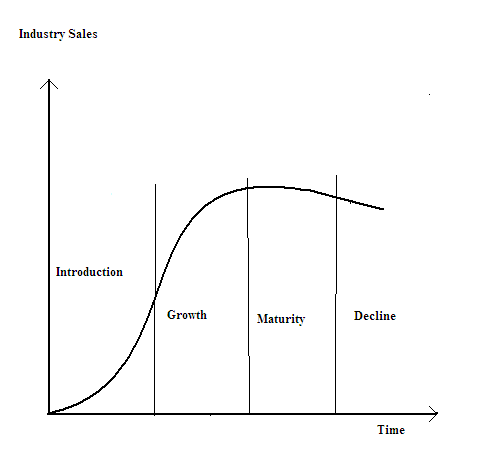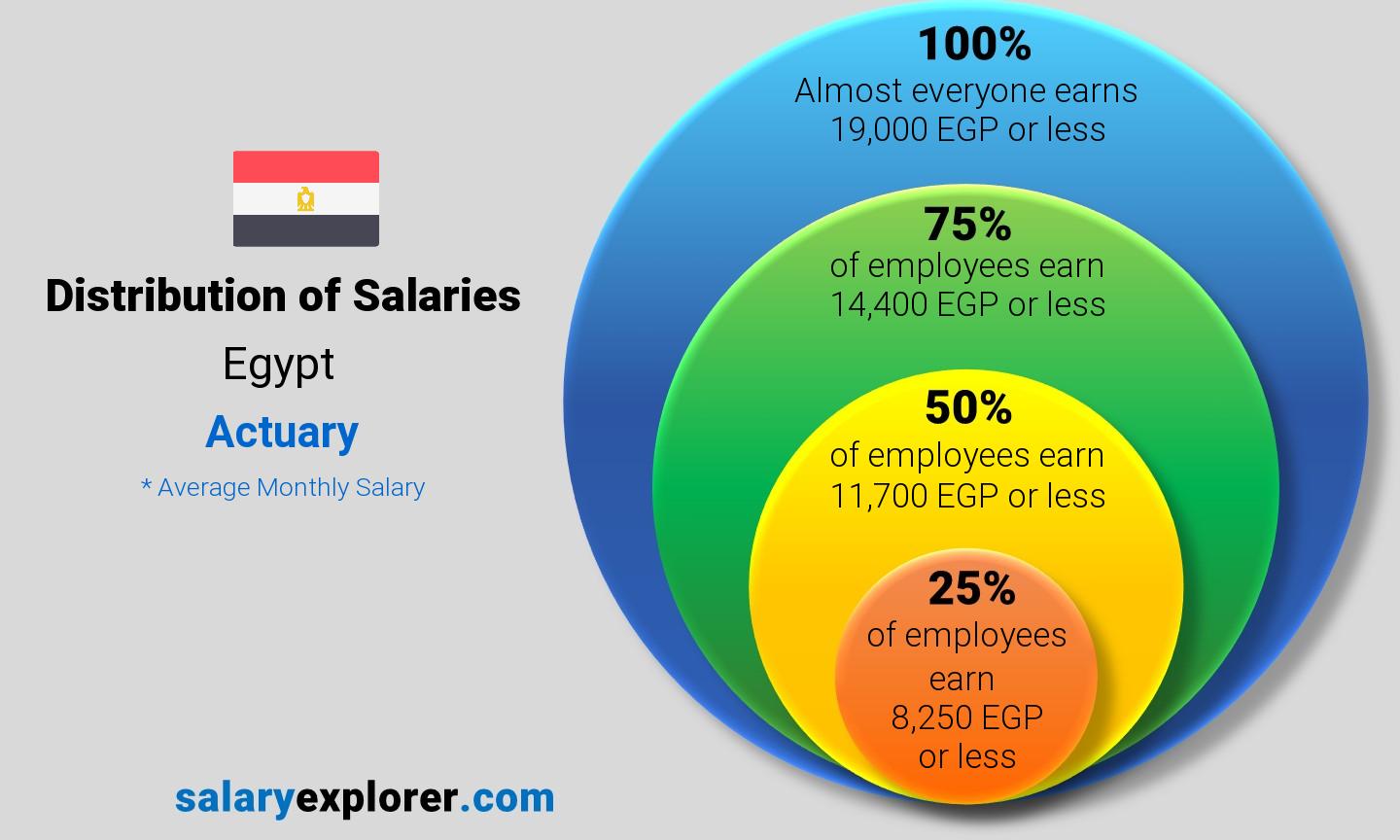Contents:


Cash flow plays an important role in the success of a business. The speed of cash flow can get hampered when the revenue of the business is tied up in unpaid receivables, affecting the payroll and overhead costs of the company. In such a scenario, accounts receivable factoring eliminates the need to wait for the conversion of invoices into cash. Accounts receivable factoring is a form of financial management that enables businesses to get immediate cash after selling their receivables to a third-party called ‘factor’. A company uses factoring when it decides to sell its accounts receivable at a discounted rate.
Second PE-Firm-Owned Subprime Auto Dealer & Lender Suddenly … – WOLF STREET
Second PE-Firm-Owned Subprime Auto Dealer & Lender Suddenly ….
Posted: Wed, 19 Apr 2023 02:20:06 GMT [source]
These receivables represent claims for money, goods, services and non-cash assets from other firms. Receivables may be current or non current, depending on the expected collection date. Accounts receivable are often supported only by a sales invoice. Trade receivables describe amounts owed the company for goods and services sold in the normal course of business. Non-trade receivables arise from many other sources, such as tax refunds, contracts, investors, finance receivables, installment notes, sale of assets, and advances to employees. A company that has accounts receivables is waiting on payment from its customers.
Change Management
The incremental cost in these two transactions have credit ratings that require them to borrow money at 12% interest. Suppose you have a 5% profit margin and suffer a $100,000 debt. In that scenario, you would need to win new sales of $2 million to make up for the lost profits. Key Accounts – With this type of insurance, you choose to insure your largest customers whose non-payment would pose the greatest risk to your business.
NOVAN, INC. Management’s Discussion and Analysis of Financial Condition and Results of Operations. (form 10-K) – Marketscreener.com
NOVAN, INC. Management’s Discussion and Analysis of Financial Condition and Results of Operations. (form 10-K).
Posted: Thu, 30 Mar 2023 07:00:00 GMT [source]
As mentioned in the previous section, Allianz Trade customers can also make a new claim and monitor progress on current claims online 24/7 with the EOLIS policy management system. In the event an insured buyer fails to pay, the policyholder will enter a claim to request reimbursement and collections action by the insurer. Our team analyzes payment information about policyholders’ buyers to identify early signs of financial trouble to ensure early intervention is initiated. The insurer will investigate the risk of increasing the coverage and will either approve the additional coverage, or provide a detailed explanation about why the existing limit must be maintained. Similarly, policyholders may request coverage on a new buyer with which they’d like to do business.
Step 2- Receipt of Customer Payment
For this reason, the estimated amount of uncollectible accounts is to be equal to the adjusted ending balance of the AFDA. The adjusting entry amount must therefore be the amount required that results in that ending balance of the AFDA. Agreements to transfer accounts receivables are made on a recourse or non-recourse basis. In recourse financing arrangements, the transferee can collect from the transferor if the original debtor fails to pay. If the arrangement is without recourse, the transferee assumes the risk of collection losses.
- What is the accounting treatment if a company’s receivables are transferred to a third party ?
- Factoring refers to selling accounts receivable to another party.
- A finance company or bank that buys receivables form businesses and then collects the cash from the customer.
- The insurer will investigate the risk of increasing the coverage and will either approve the additional coverage, or provide a detailed explanation about why the existing limit must be maintained.
It is a discounted cash flow concept, which is explained next. Aging schedules are also a good indicator of which accounts may need additional attention by management, due to their higher credit risk group, such as the length of time the account has been outstanding or overdue. Many companies set their credit policies to allow for a certain percentage of uncollectible accounts. This is to ensure that the credit policy is not too restrictive or liberal, as explained in the opening paragraph of the Receivables Management section of this chapter. Notes receivable—more formal, unconditional written promises to pay a specified amount of money on a specified future date or on demand. Usually, these documents are in writing and are therefore more formal.
Present Values when Stated Interest Rates are Different than Effective (Market) Interest Rates
Under the arrangement, Dexter was to handle disputes concerning service, and Quick Finance was to make the collections, handle the sales discounts, and absorb the credit losses. Prepare the journal entry required on Dexter’s books on May 1. Use of the allowance method requires a year-end estimate of expected uncollectibles accounts based upon credit sales or outstanding receivables. The estimate is recorded by debiting an expense and crediting an allowance account in the period in which the sale is recorded. Then in a subsequent period when an account is deemed to be uncollectibles, an entry is made debiting allowance account and crediting accounts receivable.

Accounts receivables are a critical component of your balance sheet — they directly affect your cash flow and profitability. Many companies in the U.S. are thorough when it comes to protecting against losses related to property damage, liability, and other unpredictable, high-exposure risks. Typically, investors with securities linked to the lowest-risk bundles would have little expectation of portfolio losses.
Intermediate Financial Accounting 1
It’s also important to note that often, accounts receivable are reported at “net”. Net receivables are equal to the accounts receivable amount less any allowance for doubtful accounts . Receivables are asset accounts applicable to all amounts owing, unsettled transactions, or other monetary obligations owed to a company by its credit customers or debtors. In general, receivables are claims that a company has against customers and others, usually for specific cash receipts in the future. These are contractual rights that have future benefits such as future cash flows to the company. These accounts can be classified as either a current asset, if the company expects them to be realized within one year or as a long-term asset, if longer than one year.

The proper amount to record for a receivable is dependent upon the face value of the receivable, the probability of future collection, and the length of time the receivable will be outstanding. If the transferee is not permitted to sell or pledge the collateralized receivables unless the transferor defaults, the transferor continues to carry the assets on its books as previously classified. However, if the transferee is permitted to sell or pledge the assets, the transferor must reclassify the receivables and report them separately from other receivables. In the case of an option, the transferor may wish to require interest-bearing receivables, for example, when interest rate changes would be favorable to the holder of the receivables. The transferor does not have custody of the assets, does not control the disposition of the asset, and cannot access the asset unless the option is exercised. Check no. 742 in the amount of $491 had been entered in the cash journal as $419, and check no. 747 in the amount of $58.20 had been entered as $582.
However, for notes with maturity dates greater than one year, fair values are to be determined at their discounted cash flow or present value, which will be discussed next. When accounts receivables exist, some amounts of uncollectible receivables are inevitable due to credit risk. This risk is the likelihood of loss due to customers not paying their amounts owing. The allowance account, called the allowance for doubtful accounts , is an asset valuation account , which is used the same way as the Allowance for Sales Discounts discussed earlier. Accounting for Accounts Receivable, Bad Debts, & Other Receivables TARIQ AL-BASHA 31 E The trial balance before adjustment for Sinatra Company shows the following balances.
The downside to this strategy is that factoring is expensive. Factors typically charge a 2% to 3% fee when they buy the right to collect payments from customers. A 2% discount for an invoice due in thirty days is the equivalent of a substantial 25% a year, and 3% is over 36% per year compared to the much lower interest rates charged by banks and finance companies. Most companies are better off borrowing from their bank, if it is possible to do so. A bank line of credit will generally advance up to 75% of good accounts receivable (meaning under some aging limit–usually 60 or 90 days).

You can choose to have this coverage apply to all domestic sales, international sales or both. Accounts receivable insurance – sometimes called A/R insurance or trade credit insurance – provides companies with protection against customers that fail to pay what they owe by securing their accounts receivable. Although factoring is a relatively expensive form of financing, it can help a company improve its cash flow. When a customer uses a promissory note to buy merchandise, the store records this on the balance sheet by debiting notes receivable and crediting sales. As was illustrated for the percentage of accounts receivable method above, the calculation of the adjusting entry amount must consider whether the unadjusted AFDA balance is a debit or credit amount. The first three methods were covered in the introductory accounting course.
MULIANG VIAGOO TECHNOLOGY, INC. Management’s Discussion and Analysis of Financial Condition and Results of Operation. (form 10-K) – Marketscreener.com
MULIANG VIAGOO TECHNOLOGY, INC. Management’s Discussion and Analysis of Financial Condition and Results of Operation. (form 10-K).
Posted: Mon, 17 Apr 2023 21:30:07 GMT [source]
IFRS 7 and IAS 1 include significant disclosure requirements that provide information based on significance and the nature and extent of risks. The factor has obtained the right to pledge or to sell the transferred assets. As mentioned earlier, if Anchor used IFRS the $480 discount amount would be amortized using the effective interest method. If Anchor used ASPE, there would be a choice between the effective interest method and the straight-line method.
When the time to maturity is long, most contracts between debtors and creditors require the payment of a fair rate of interest, and the present value of such a contract is equal to its face amount. If the time to maturity of account receivable is short, the present value and the amount that will be received on the due date may be ignored. For example, a 30-day unsecured trade account receivable almost always is recorded at its face amount. The difference between present value and face amount of longer-term receivable always should be considered, because this difference may be material. The resource can be defined as the guarantee provided by the seller of the accounts receivables regarding the uncollectible accounts receivables.
No comment yet, add your voice below!